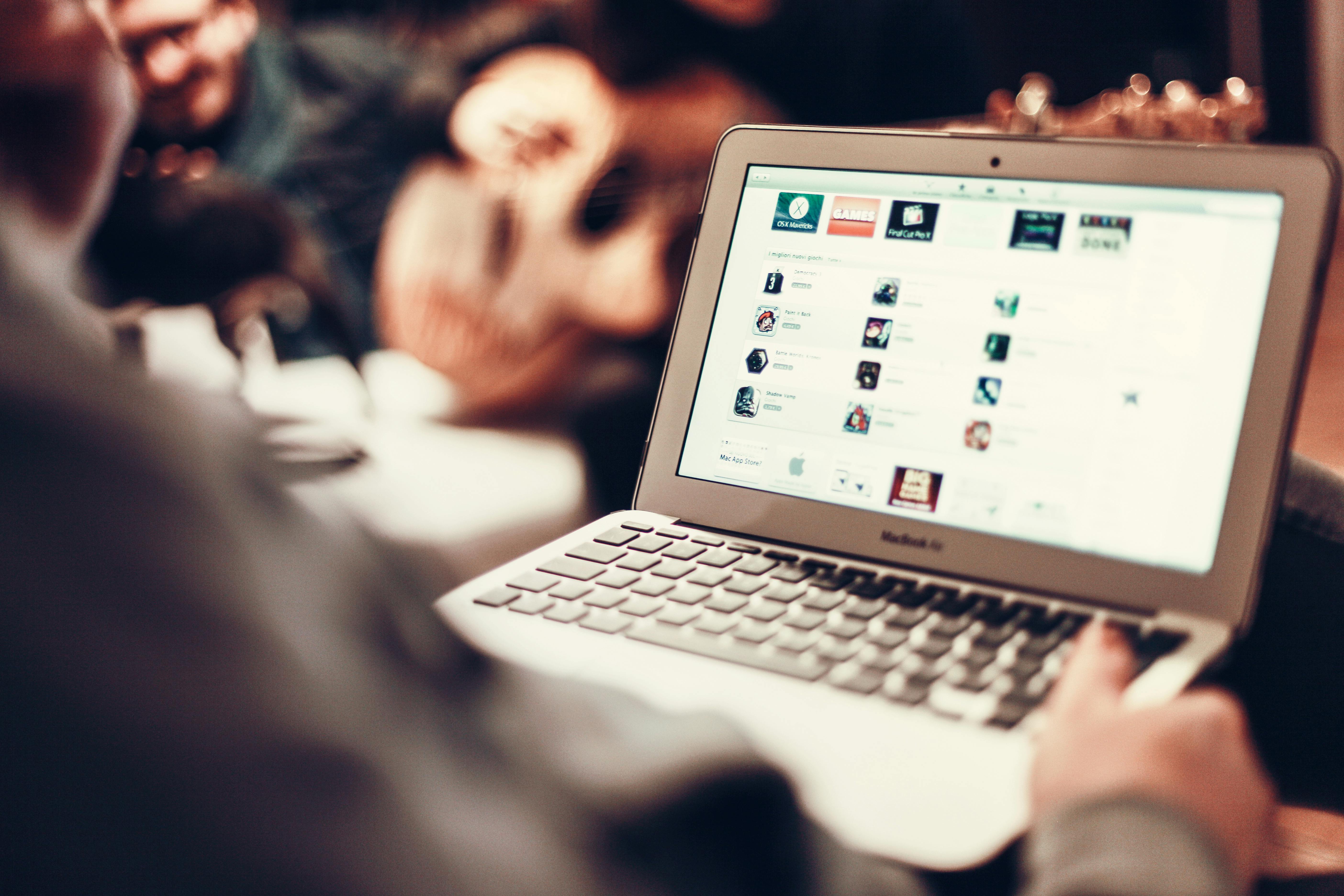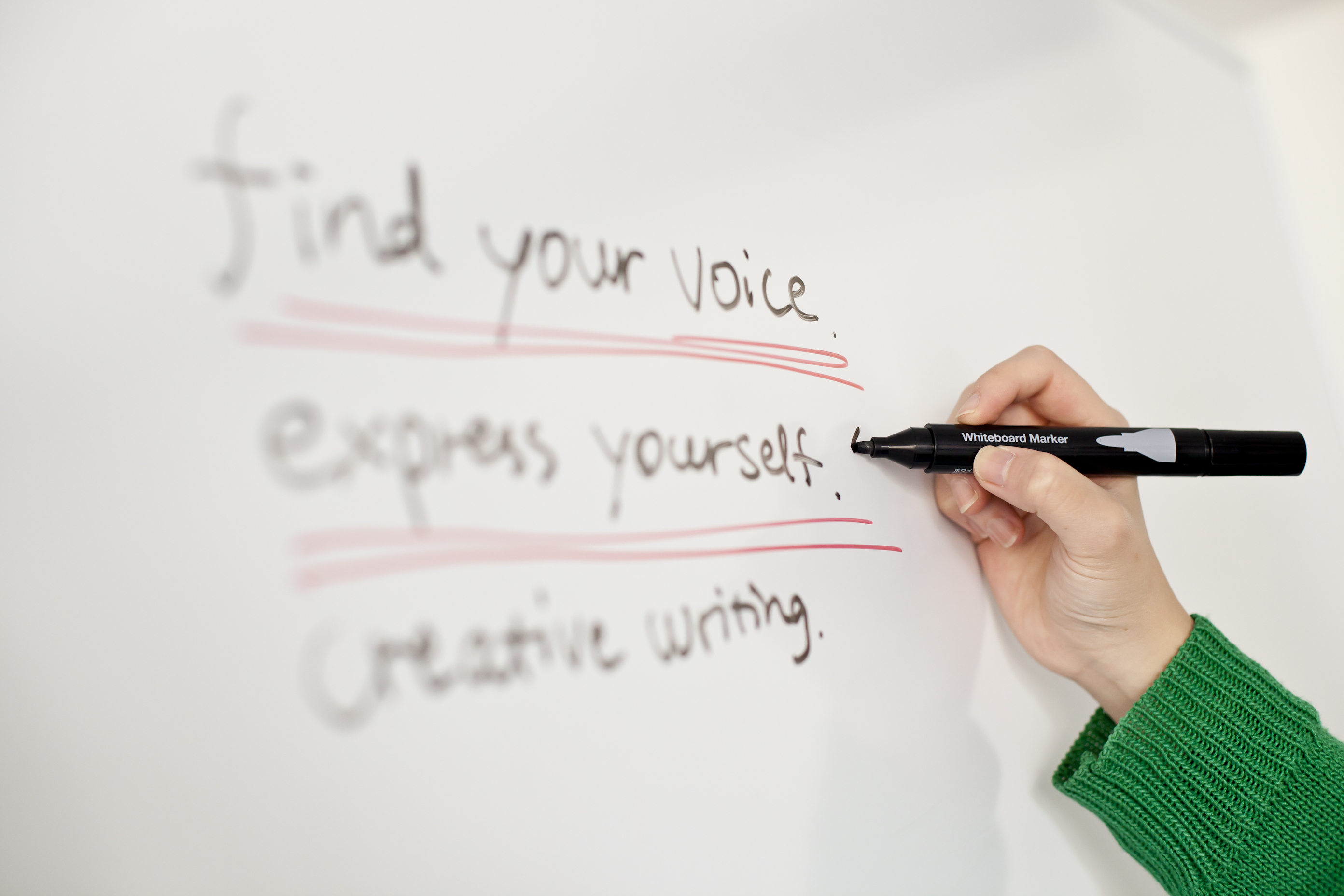Unfortunately, I have reached out to two different librarians and they told me they do not have any recent, physical copies of academic journals related to my major (definitely not the popular ones I wrote about in the blogpost before), everything is online as an ebook or computer file.
Here is a selfie of me with my online academic journal!
 |
| The cover photo on the library website made the publication company (SAGE) and volume/date (vol. 30 number 1/ February 2016) blurry when I tried to zoom in. |
Authors
There are 23 different authors in this specific issue of "Gender & Society." The authors are Jo Reger, Black Women's Blueprint, Valerie Jenness, Sarah Fenstermaker, Patricia Yancey Martin, Nicola Henry, Michael A. Messner, C.J. Pascoe, Jocelyn A. Hollander, Poulami Roychowdhury, Nancy Whittier, Kevin Stainback, Sibyl Kleiner, Sheryl Skaggs, Cheryl Cooky, Nazli Kibria, Vikash Singh, Jamie M. Sommer, Celia Valiente, Anne Esacove, Kristen Barber, Shirley A. Hill, and Donna Bobbitt-Zeher.
Most of these authors have written essays and articles, and some have written several book reviews. Many are doctors and professors at universities, such as Dr. Kristen Barber, part of the SIU Sociology faculty. Valerie Jenness is a published author of at least four books and is a professor in the Department of Criminology, Law and Society and in the Department of Sociology at the University of California Irvine. A unique organization is Black Women's Blueprint, an activist group for women and girl's of African descent. They engage in research, workshops and movements.
Context
The context surrounding this journal issue is the prevalence of rape and areas of occurrence throughout history; what has changed, what has stayed the same.
The content in this journal are, mostly, all related to rape and attempts to come up with reasons as to why it occurs in certain situations, like during wartime or what kind of people are rapists; they dig deeper into where sexual assault is common and try to give understanding based on things like gender, sexuality, violence, and domination.
Message
I decided the overall message of this journal article is that rape has never been concentrated in one area, and that rape has become a true epidemic in our culture that needs to be evaluated by its roots and understood in order for change to occur. The articles feature rape in law and political context, in academic/professional/athletic societies, in prisons, in the military, and more areas in order to show how widespread of a problem this is and has become.
Purpose
The purpose of this journal is to provide awareness and promote change. With showing the science behind the occurrence of rape throughout time and how it affects everyone, it hits people emotionally and makes them feel involved in the problem. People will want change and not want to become apart of the statistics, or a desensitized culture.














